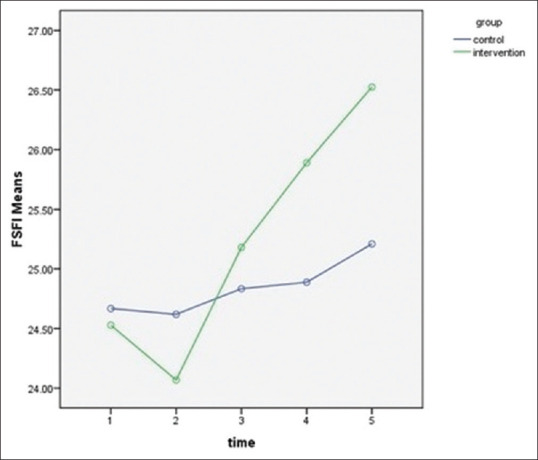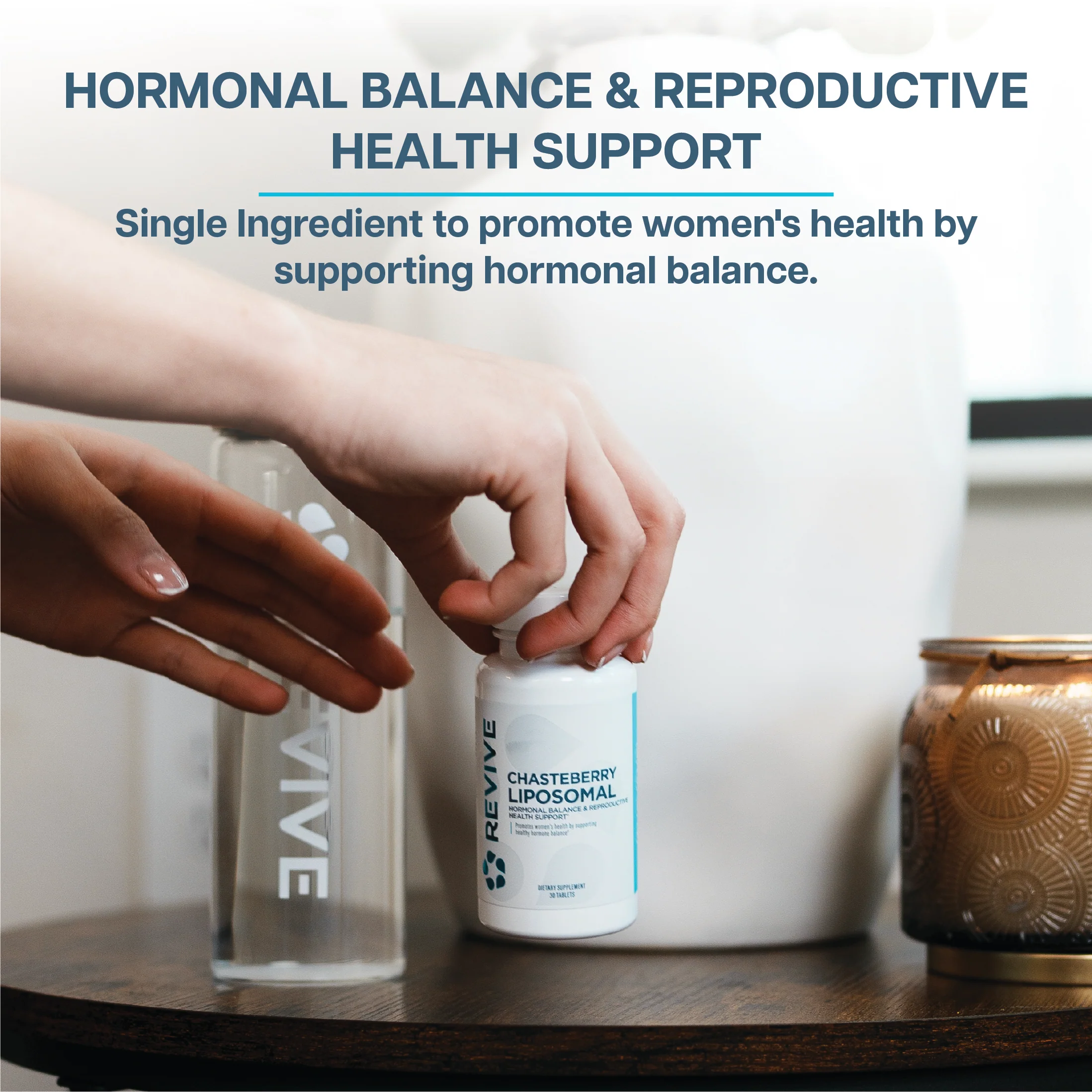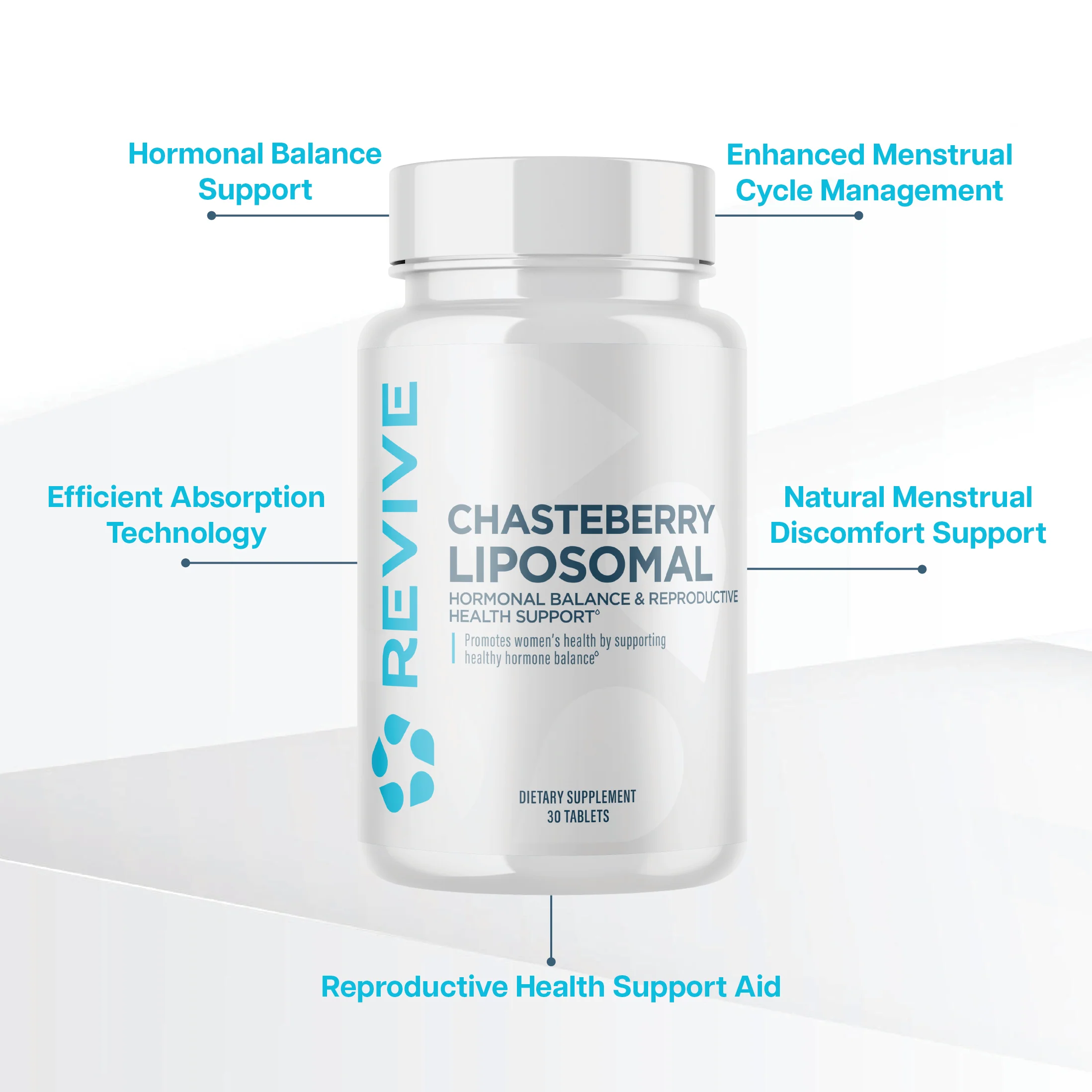Revive MD is one of the industry's most serious and sophisticated brands. This company goes heavy on health and wellness, as opposed to sports nutrition, and its results have been nothing short of phenomenal, which comes as no surprise to anyone who knows founder Domenic Iacovone, M.D. Even among the heaviest of the supplement industry's heavyweights, Dr. Iacovone has an exceptional command of the scientific theory behind his products' formulation, and his company's releases are on the cutting edge of almost every research-driven trend.
We last covered Revive MD Complete Vital, to support heart health, inflammation, and liver detoxification, a formula that can be used by anyone. This time, they're zeroing on on their female customers:
Revive MD Chasteberry – For Women's Hormonal Health
Today we're writing about a particularly interesting addition to the Revive MD product line – a single-ingredient chasteberry product.
If you're not familiar with chasteberry, also known as Vitex agnus-castus (vitex), chaste tree / chastetree, Abraham's balm, lilac chastetree, or monk's pepper, you've got some interesting reading ahead of you. This flowering plant, which is native to the Mediterranean region, Crimea, and central Asia, has historically been used as an anaphrodisiac. In contrast to aphrodisiacs, anaphrodisiacs supposedly decrease libido – unusual in a world where the vast majority of supplement users seem interested in increasing it. This is what the chaste part of the plant's name refers to.
Not an anaphrodisiac, but instead has some incredible feminine benefits
While modern science has debunked the notion that chasteberry is an anaphrodisiac,[1] it has also demonstrated that this plant has some really compelling, and important, benefits for women's hormonal health.
There's some evidence to suggest that chasteberry can balance hormones, improve menstrual regularity, and mitigate the severity of certain menstruation-related symptoms.
Let's get into how it works, but first, check PricePlow for our coupon-powered deals and sign up for our Revive MD News alerts:
Revive MD Chasteberry Liposomal – Deals and Price Drop Alerts
Get Price Alerts
No spam, no scams.
Disclosure: PricePlow relies on pricing from stores with which we have a business relationship. We work hard to keep pricing current, but you may find a better offer.
Posts are sponsored in part by the retailers and/or brands listed on this page.
This area is reserved for Team PricePlow's upcoming videos.
Subscribe to our channel and sign up for notifications so you catch it when it goes live!
Revive MD Chasteberry Ingredients: 75 milligrams of 10:1 Chasteberry Fruit Extract in a Liposomal Tablet
This is no ordinary chasteberry supplement - Revive MD put it into a liposome tablet to improve uptake! So not only do you have a great standardization, but you have a high-bioavailability offering as well.
Let's take a look at the chasteberry research:
Improves Sexual Function
The prevalence of female sexual dysfunction (FSD) is much higher than is probably realized. For example, in Iran, where the study below was carried out, the prevalence of FSD is estimated to be 52%.[2]
One of the best randomized clinical trials (RCTs) on chasteberry looked at its effect on FSD, which presents as impaired sexual desire, arousal, orgasm, and pelvic pain/penetration, or some combination of these.[3]
This study used a drug called Agnugol, which contains 3.2-4.8 mg of chasteberry extract.[3] It should be noted that because we don't know the strength of this extract, an exact conversion to Revive MD's 10:1 extract isn't possible – but we're guessing that it's in the same ballpark as a 75 mg serving of Revive MD Chasteberry.
This study used a fairly large sample size of 112 women aged 15-44, and randomized them to receive either Agnugol or a placebo. 10 didn't complete the study, leaving 51 in each treatment group by the end.[3]

Women who received chasteberry extract (intervention group) scored significantly higher on the female sexual function index (FSFI) questionnaire, which is designed to comprehensively measure female libido and sexual function.[3]
Over the course of the 16-week study period, the researchers observed significant increases in the subjects' average desire, arousal, lubrication, orgasm, satisfaction, pain, and overall score on the female sexual function index (FSFI), which is a questionnaire that's designed to quantify every major dimension of sexual function, desire, and satisfaction.[3]
When it comes to mechanism of action, here's what the researchers had to say:[3]
"Although the exact mechanism of phytoestrogens has not been established, it seems that by affecting the hypothalamic–pituitary axis, flavonoid compounds reduce the release of FSH and prolactin, modulate the release of LH from the pituitary gland, and consequently increase total estrogen and progesterone levels and decrease prolactin."[3]
So it would appear that the phytoestrogens in chasteberry play an important role in its ability to improve women's sexual desire and function.
Lowers High Prolactin
Prolactin is a hormone produced by the pituitary gland, which plays a crucial role in various physiological processes – particularly in reproductive and metabolic functions. One of prolactin's functions is to stimulate the growth of mammary tissue and milk production, which is why prolactin levels rise after pregnancy.[4]
Hyperprolactinemia, which is defined as inappropriately elevated prolactin, can interfere with menstrual regularity,[5] so it's useful to have a supplement that can decrease prolactin if need be.
Chasteberry might be one such supplement. According to a 2023 research review, there are a handful of randomized controlled trials showing that chasteberry can significantly decrease serum prolactin.[6]
Just to give one example, one of these trials found that chasteberry extract administration lowered prolactin from 945.66± 173.46 to 529.19 ± 279.65 milli-international units per liter (mIU/l) – a roughly 45% reduction. This effect size is consistent with what was observed in the other RCTs, and case studies, examined by the research review.
Regulates Menstrual Cycle
One consequence of hyperprolactinemia is a shortened luteal phase, a condition referred to as luteal phase defect (LPD). Since, as we saw above, chasteberry can help bring elevated prolactin down towards normal levels, it shouldn't be too surprising that chasteberry administration can also help correct LPD.
In one randomized controlled trial where 52 women received either 20 mg chasteberry extract or placebo for three months, LPD was reversed, as were LPD-related progesterone deficits.[7]
Mechanism of action
Although human evidence is currently lacking, animal studies suggest that chasteberry works to normalize the menstrual cycle by instructing the pituitary to synthesize more luteinizing hormone (LH) and follicle-stimulating hormone (FSH).[8]
Improves Premenstrual Syndrome (PMS) Symptoms
There's a small but compelling body of research showing that chasteberry may be useful in managing premenstrual dysphoric disorder (PMDD), which is essentially an extreme form of PMS.
In one study, chasteberry went head-to-head with selective serotonin reuptake inhibitor (SSRI) fluoxetine, the generic name for Prozac, one of the most famous and best-studied antidepressants. Amazingly, chasteberry did about as well as fluoxetine – the study found that chasteberry was better for managing physical symptoms associated with PMDD, while fluoxetine had a slight edge in managing the mental symptoms.[9]
According to two different 2017 research reviews, chasteberry is especially good at improving the fatigue, anxiety, irritability, bloating, cramps, and even migraines.[10,11]
In fact, chasteberry extract prescriptions account for one third of all PMS-related prescriptions written by German physicians – a ringing endorsement if we've ever heard one.[12]
Dosage and Directions
Revive's website states that for best results, start your day with one tablet in the morning to maximize hormonal balance and support throughout the day. You may wish to take it with food, but if you don't eat much for breakfast, consider it with your first meal.
Conclusion: Chasteberry is Incredibly Useful for the Right Ladies
Chasteberry's ability to promote hormonal balance, mitigate PMS/PMDD symptoms, normalize menstrual cycles, and thereby improve fertility makes it a valuable addition to your arsenal.
When it comes to sourcing a supplement like this one, buying from a company like Revive MD is a total no-brainer. Anything you're relying on for your health should be subjected to the most rigorous available quality controls, and that's exactly what you're getting as a Revive MD customer.
Revive MD Chasteberry Liposomal – Deals and Price Drop Alerts
Get Price Alerts
No spam, no scams.
Disclosure: PricePlow relies on pricing from stores with which we have a business relationship. We work hard to keep pricing current, but you may find a better offer.
Posts are sponsored in part by the retailers and/or brands listed on this page.






Comments and Discussion (Powered by the PricePlow Forum)